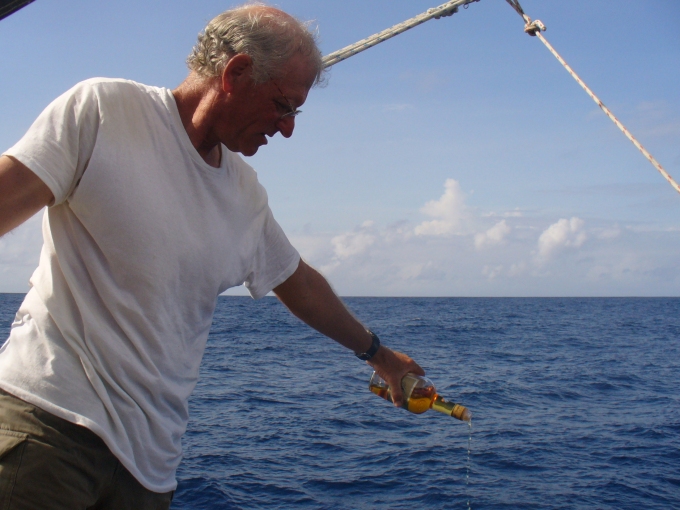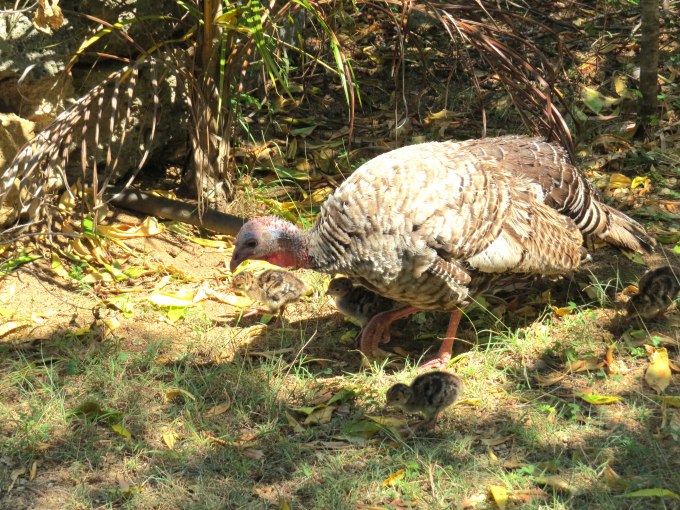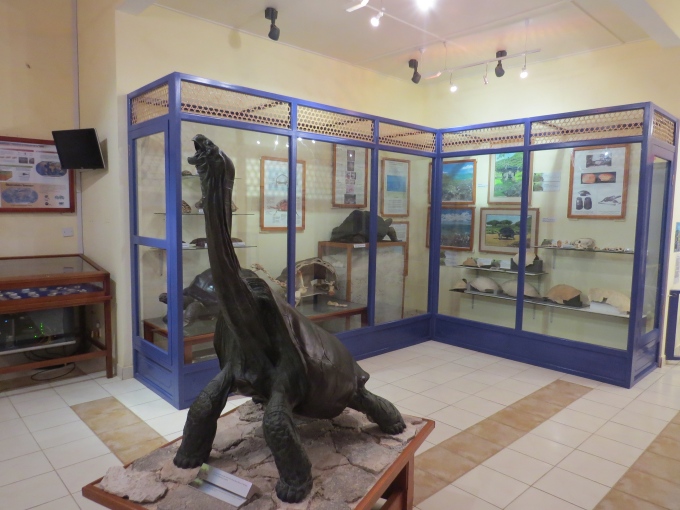Three Years ... and counting!
/It's hard to believe it's been three years since we started this blog. I'm not sure any of us thought we would get very far in this endeavor, but look at us now. Over 1000 blog posts and three eBooks later and we're still going strong with lots of ideas in various stages of discussion and execution. Thanks for coming along for the ride. It's been great fun for me to receive these lovely and exciting posts from Marcie and David (who, if you remember, are my aunt and uncle) and deliver them all to you. We work hard to get a post out every day. Marcie and David write them and take all the pictures, constantly asking, “Is this blog worthy?” Then, they have to find a way to get them to me, with pictures, using sketchy internet connections. I receive them and get them ready to post on our blog-site. Then I post them to all sorts of social media outlets so that as many people as want to, can read them. It's been a good partnership and we aren't ending it any time soon … Yay!
Over the last three years I have ooh-ed and aah-ed and laughed as I've read and posted each and every blog post. Here are some of my favorite ones:
One of the many things I love about Marcie is that she is always up for a celebration or participating in a tradition. I love her posts about sailing traditions and superstitions.
“Killing an albatross is bad luck (as if). Killing a seagull is bad luck …they’re the souls of men who have died at sea. Seeing a swallow at sea is good luck … it means you’re close to land. Cats on board are good luck … they kill rodents (and potentially provide one extra meal…just kidding). Dolphins swimming beside the boat are good luck … they relay Neptune’s greetings and we like this one.”
Download Marcie's Days and Ways to Celebrate - 2015 for a year's worth of traditions and holidays to celebrate.
David has a wry sense of humor and there have been many times when I've busted out laughing only to have my daughters look at me funny.
“As for us, we aren’t going to worry too much about the “Ocean Flatulence” theory – it’s one of those things we can’t do a thing about. If it is a real phenomenon, we can only hope that Neptune enjoys his tot of rum enough to keep us clear of that particular type of night wind.”
The Blue View - Methane Bubbles
The Blue View - St. Helena Driving Tips
David writes most of the technical sailing posts on the blog. To be honest it's not my cup of tea (sorry, UD) but I know many of you love reading them. You can type “the blue view” in the search box on the right and read all the technical sailing posts he has written. Better yet, buy his book Nine of Cups Guide to Anchors and Anchoring for a detailed look at anchoring a boat in different situations (you mean you don't just lob a heavy piece of metal over board and call it good?).
There have been many times when Marcie has written a series of posts on a particular location and I've thought, “I want to live there!” Here are some of the places I want to live (or at least visit) because of Marcie's beautiful descriptions and gorgeous pictures.
“Bo-Kaap is a unique, vibrant, historically-rich community and interesting to visit. Many of the old cobblestone streets remain, narrow and steep and lined with brightly colored, well-kept row houses from the 17th, 18th and 19th centuries. The oldest house, built in 1658, stands as a local museum. The house colors knock your socks off … turquoise, purple, hot pink, mustard yellow, lime green. Eye candy for us wanderers.”
Around Town - Esperance, Western Australia
I hope to create some eBook travelogues from Marcie's writings throughout these last three years. But for now you can download Nine of Cups' Caribbean Stories about Marcie and David's travels throughout the Caribbean.
I hope you enjoyed hearing about the blog from my point of view. It was fun to tell my side of the story.


















